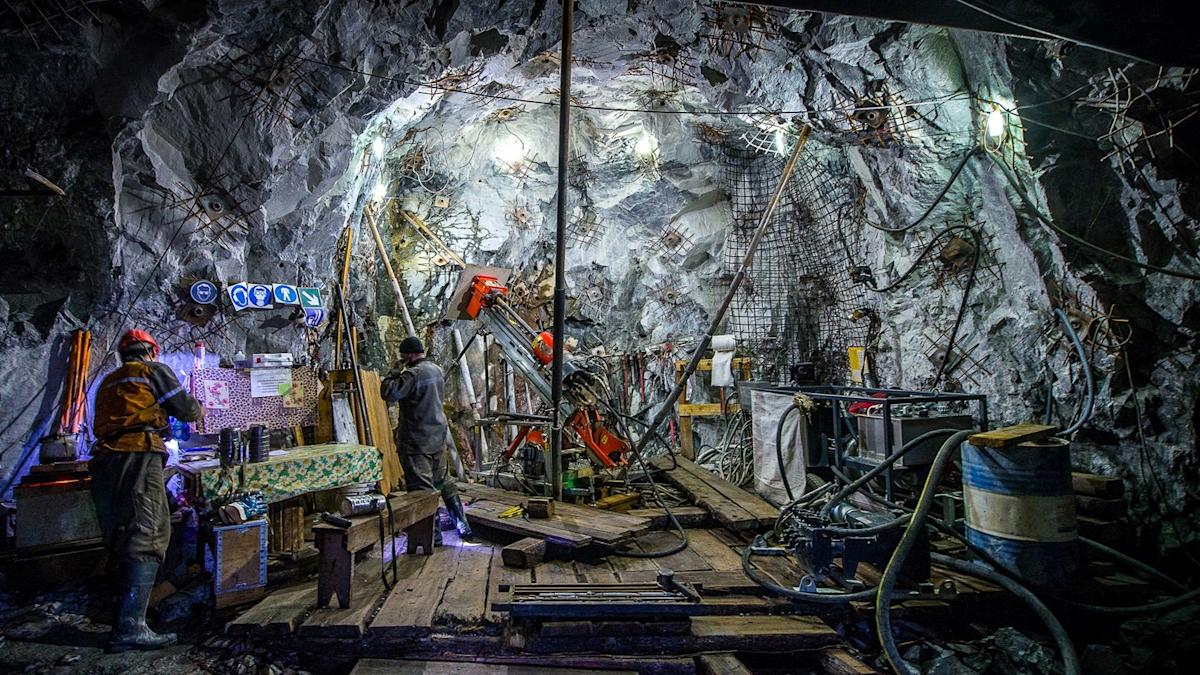Leasing lays the foundation as UK construction sector feels the strain

The UK construction sector is facing a perfect financial storm. In March 2025, more construction firms collapsed than in any other month since July last year. A total of 377 construction businesses became insolvent, according to the Insolvency Service, up from 368 in February.
The vast majority were specialist subcontractors, including 87 electrical and plumbing firms and 71 building completion and finishing contractors.
Go deeper with GlobalData
These figures come against a broader trend of financial stress across the UK economy. Overall, there were 2,238 company insolvencies in England and Wales in May 2025, up 8% from April and 15% from the same month a year ago. The construction sector was the worst affected, accounting for 17% of all insolvencies over the past 12 months.
While the sector remains vital to economic growth and housing targets, small and medium-sized enterprises (SMEs) are increasingly unable to weather the squeeze. Data from Bibby Financial Services’ (BFS) Q1 SME Confidence Tracker paints a stark picture: 72% of construction SMEs cite rising material costs as a major drag on profitability. At the same time, nearly a third (29%) say they don’t have sufficient cashflow to operate effectively, much higher than in other sectors such as transport (6%) or wholesale (12%).
The result? Mounting bad debt and tightening margins, pushing more SMEs toward insolvency.
A growth agenda that risks leaving SMEs behind
Despite the sector’s growing pain, many small firms remain optimistic. According to BFS, 67% of construction SMEs expect sales to rise in the coming year, up from 57% a year ago. But this optimism is tempered by doubt: 60% of firms believe that the Government’s Industrial Strategy, anchored by £100 billion in capital commitments and a pledge to build 1.5 million homes by 2030, will disproportionately benefit large main contractors.

Don’t let policy changes catch you off guard. Stay proactive with real-time data and expert analysis.
By GlobalDataThe concern is that while large firms may have the resources and leverage to bid on and manage major infrastructure and housing projects, smaller subcontractors and regional builders are being left on the sidelines. And without targeted support, the risk is that the Industrial Strategy could deepen the divide between large and small players, rather than level the playing field.
Complex contracts and poor payment practices
Contractual complexity is a persistent barrier for smaller construction firms. BFS’s research found that nearly half (48%) of SMEs find contracts difficult to understand, rising to 56% among the smallest firms (1–9 employees). Even more worryingly, 58% of the smallest firms feel they must accept terms as-is, for fear of losing business altogether.
These firms often operate at the end of the payment chain, leaving them vulnerable to delayed payments, unfavourable terms, and bad debt, all of which exacerbate existing cashflow issues. Limited bargaining power and a lack of legal or administrative support to challenge complex contracts only deepen the financial risk.
Access to finance slips
As costs and risks rise, construction SMEs are finding it increasingly difficult to secure external finance. BFS reports that 51% of firms say access to finance has worsened over the past six months, more than in any other sector. The most common reasons for seeking finance include investment in growth (39%) and covering day-to-day operations (32%), but for many, traditional routes to funding are drying up.
This leaves a crucial gap, one that asset finance and leasing may be increasingly well placed to fill.
Asset finance shows signs of resilience
Despite broader financial pressures, equipment and plant finance—a key construction indicator—shows resilience, according to figures from the Finance & Leasing Association (FLA). While plant and machinery finance fell 5% year-on-year in April 2025, it rose by 1% over the past three months, and remained up 1% over the full 12 months.
These figures suggest that the April dip may reflect a seasonal slowdown or temporary pause, rather than a long-term contraction. For construction firms facing restricted access to traditional lending, leasing and asset finance offer a vital alternative, enabling investment in essential equipment without overstretching limited cash reserves.
Asset finance new business fell by 7% in April 2025
A call for targeted support
The construction sector is far from short on potential. Confidence in future demand remains high, and Government infrastructure targets offer a substantial pipeline of opportunity. But without targeted action to improve access to finance, simplify contracts, and ensure SMEs benefit from public investment, the sector risks becoming increasingly dominated by a few large players—at the expense of thousands of smaller firms that make up its backbone.
As BFS Group Managing Director Jonathan Andrew puts it: “The Government’s commitment to invest in the construction sector may well explain increasing optimism amongst business leaders, however it’s critical that small firms are not left on the sidelines… Improving access to finance will be a critical lever to give SMEs the boost they need to invest, innovate and grow.”
The future of UK construction depends not only on ambitious targets but on ensuring that the smallest firms can build, compete, and survive.
While the UK construction sector faces rising insolvencies, bad debt, and a squeeze on working capital, equipment finance is proving to be a vital support system. Despite a short-term dip, recent FLA figures suggest continued resilience in plant and machinery finance—pointing to steady demand for flexible funding solutions. As traditional lending tightens, asset finance can help construction SMEs bridge funding gaps, manage risk, and seize growth opportunities aligned with the Government’s infrastructure plans. For finance providers, the message is clear: supporting this sector isn’t just about survival—it’s about enabling recovery and long-term resilience.

Sign up for our daily news round-up!
Give your business an edge with our leading industry insights.
Content Original Link:
" target="_blank">
















































